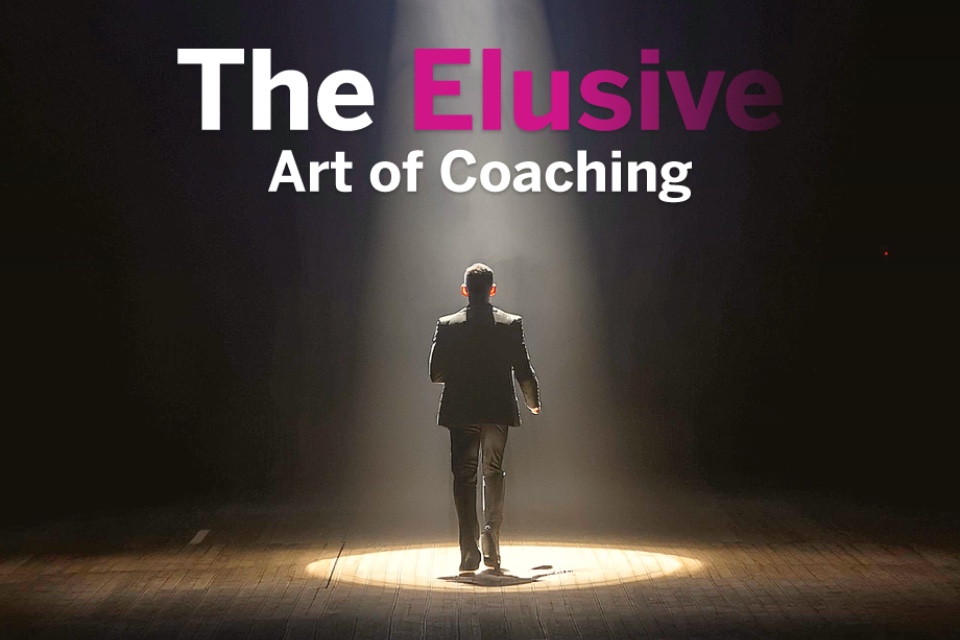By Sue Parr, Director of Apprenticeships and Part-time Programmes – WMG, University of Warwick
The global pandemic has impacted every area of our lives and education is certainly no exception. It has been estimated that around the world nearly 1 billion learners have been impacted by the crisis. 2020 has brought about massive changes in the way education has been delivered, and also how employers perceive the relationship between academia and business.
Online learning has been available for many years and has been utilised by many for the flexibility it offered to study anywhere, often at an individual’s own pace. These are themes that are especially prevalent for programmes offered in partnership with organisations, where the principle of staff members training or upskilling around their professional commitments is held central to the business plan. There was, however, always a perception that online was, in many ways, inferior to face-to-face learning and the online option was taken often from necessity rather than preference.
However, the current pandemic has catapulted many organisations into online operations, and education institutions have also followed suit here, initially just to maintain continuity of education and contact with students when face-to-face was either discouraged or prohibited. However, increasing amounts of effort and money are being invested into developing high quality resources and well-designed online experiences. And so, the real experience seems to have been much more positive than initially feared both from a student’s perspective but also in relation to the opportunities that this opens up for robust and quality programmes to be delivered flexibly for organisations through online teaching, whilst maintaining elements of the face-to-face approach that are often still essential.
Overcoming the initial fears of consistent online learning
There is no doubt that there was widespread scepticism and nervousness around the initial rapid move to online across both industry and academia, with educational fears that the experience for the learner could be compromised. However, in many cases, the reality seems to have been very different.
While learners undoubtedly miss the social side of being taught face-to-face, the multiple ways that they are able to engage and communicate via various forum options has proved effective. Quick improvements to the design of online modules, and the selection, testing and implementation of multiple educational technology platforms has, in most cases, led to a positive experience for many learners. Whilst the value of face-to-face learning has not been diminished, the flexibility within the service provided by educational institutions based on newly developed online capability can only lead to better provision.
Maintaining an engaging experience for learners
Effective signposting, interesting ways to check understanding, short snippets of learning and embedded interaction have all contributed to maintaining an engaging experience for learners, and reducing the “jolt” between online and face-to-face when blended learning is properly launched.
Overcoming infrastructure challenges
The experience of learning online has clearly been more successful than many had feared. The problems of access to good broadband may still limit the online experience for many, and these infrastructure challenges will not necessarily be quick ones to rectify for individuals. However, even progress around these sorts of scenarios is being made quicker as a result of the pandemic.
For many people, online learning will never fully replace the visceral experience of learning in a classroom face-to-face with a tutor and fellow students. However, months of online learning is likely to have changed people’s perceptions of, and comfort with, more online learning in alignment with face-to-face learning, which is very much part of the long term vision too. The future learning environment will likely be aligned to a more integrated and planned blend of online and face-to-face environments.
Online learning can provide a medium that allows learners to study at their own pace. It enables students to return to topics that might be less familiar or require further study. It can be personalised for individual learners and it allows close collaboration between different groups of students – some of whom may be geographically remote. It gives access to those who, for one reason or another, might find face-to-face and the travel required difficult. It can give access to leading academics, industry leaders and organisations who might be rarely available for face-to-face sessions. It can also provide a good medium for organisations to integrate learning within professional environments in a way that is seamless with their current operations. Utilising the online environment for the activities that can be applied and delivered well in a virtual format also leaves time in face-to-face sessions for other methods and activities that lend themselves particularly well to teaching and learning in person – for example problem-based work and the development of soft skills.
As we are still very much in the midst of a global pandemic, education institutions all over the world are still planning and acting on the daily challenges that continue to emerge in the short-term. However, we can all consider the progress around education programme delivery over the past eight months as a huge achievement, and one that sparks excitement for a rapidly evolving future in the sector. We will strive to maintain or enhance quality through online education and ensure world class programmes are accessible for students and organisations all over the globe through the new learning environment that blends traditional and online delivery.
WMG offers a range of part-time postgraduate programmes, short courses and Degree Apprenticeships. Find out more here.






